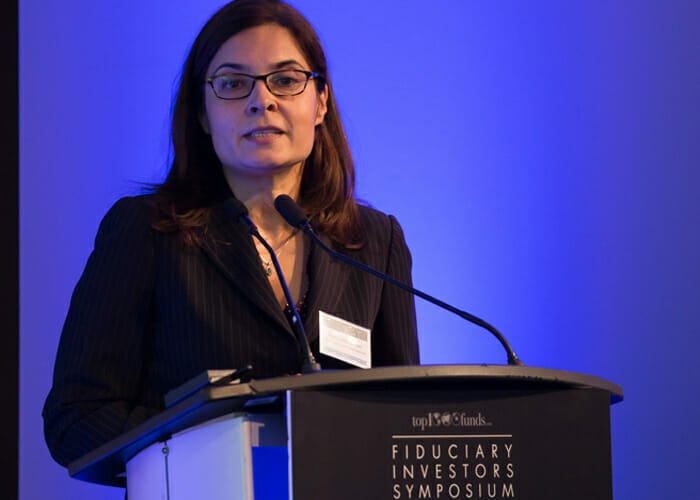Persistence of returns in private equity is diminishing. Further, the returns themselves are not what they used to be. And in even further bad news, new research from a leading Massachusetts Institute of Technology academic shows that co-investment vehicles may not be a panacea for these problems.
In private equity, the flow of capital and the number of funds have both doubled in the last two decades, hurting the persistence of returns, which until now has been thought of as the defining aspect of private equity.
New research by Antoinette Schoar, chair of the finance department and the Michael M Koerner Professor of Entrepreneurship at MIT Sloan School of Management, shows that persistence of returns from private-equity funds in the last decade has gone down, undoing the seminal research she co-authored with Steve Kaplan, from the University of Chicago, that showed “returns persist strongly across funds raised by individual private equity partnerships”. See Private-Equity-Performance-Returns-Persistence-and-Capital-Flows
“I deal with LPs [limited partners] frequently that say there has to be persistence in returns, given our earlier research, which showed that top-quartile funds had a 33 per cent chance to stay in the top quartile,” she says…But [this persistence we saw in the 1990s has gone down over time.]…The question now is, why is this happening and what implications does this have for investors in private equity?”
Schoar’s new research shows the variance in returns between the top and bottom quartiles still exists, but the persistence has decreased.
“Being in the top quartile is still as important as before, but because persistence is going down, you can’t rely on a top-quartile fund in 2000 staying top quartile. What this means for investors is your life is even more difficult.”
Schoar attributes this change to the evolving nature of competition and the available capital.
“Private-equity fundraising over the last two decades has increased. The capital under management and the number of funds have doubled,” she says.
These structural changes to competition and available capital in the last decade have caused the top funds to grow at a much quicker rate than they have in the past, she says.
“There is more competition, but the concentration of [assets] in the hands of the biggest and best-performing funds is also growing more quickly than we saw in the 2000s,” Schoar explains. “You could say it is efficient that this happens, because we want capital to be with the best performers. But it also means the top funds have to expand their investment portfolios.”
The very nature of venture capital and private equity, where illiquidity is greater and opportunities are tougher to scale, means the marginal returns to capital go down, even at the top performers, when funds become larger.
“This is a very strong relationship – when the fund size increases, the marginal return on the funds goes down. Research suggests this is something that has accelerated in the last decade,” Schoar says.
More bad news – a co-investment warning
Sounds grim. And Schoar says co-investment as a solution is uncertain at best.
The recent trend of investors favouring co-investments, special-purpose vehicles and direct investment in private equity is a result of the changing trends in performance and persistence, she says.
Within the changing landscape of private equity, it seems that many LPs have been tempted to get involved in the investment process by going into co-investment because persistence and performance are going down.
“But our data suggests we should be very cautionary about it because we see massive variances in the performance of co-investment,” Schoar says, “and the timing [often] seems quite detrimental to the fund performance.”
Schoar and fellow author Josh Lerner, from Harvard Business School, are now working on new research examining co-investment returns. Using data from State Street, they have access to 1500 main funds and their co-investment vehicles.
“Our results were really stunning, we didn’t expect them,” she says. “The variance is humungous.”
While the research, including determining the drivers of this variance, is a “work in progress”, she says some of the reasons for the poor performance of some co-investments is bad timing.
In addition, the co-investment deals are particularly large, in some cases three times as large as the investment the same entity makes in its main fund.
“For an LP, the co-investments are even more difficult to diversify than normal” in private equity, she says.
Schoar states that, in some ways, the large variance in co-investment returns should not be a surprise, because of the nature of co-investment vehicles.
Much of the decision-making “goes back to the investment team at the LP…So one should be careful to see whether the LP is big enough, sophisticated enough and has the internal resources to make that trade-off.”
She also warned LPs looking at co-investment to think about when general partners are most incentivised to include LPs in a co-investment.
“The incentives might not be aligned,” she says.




